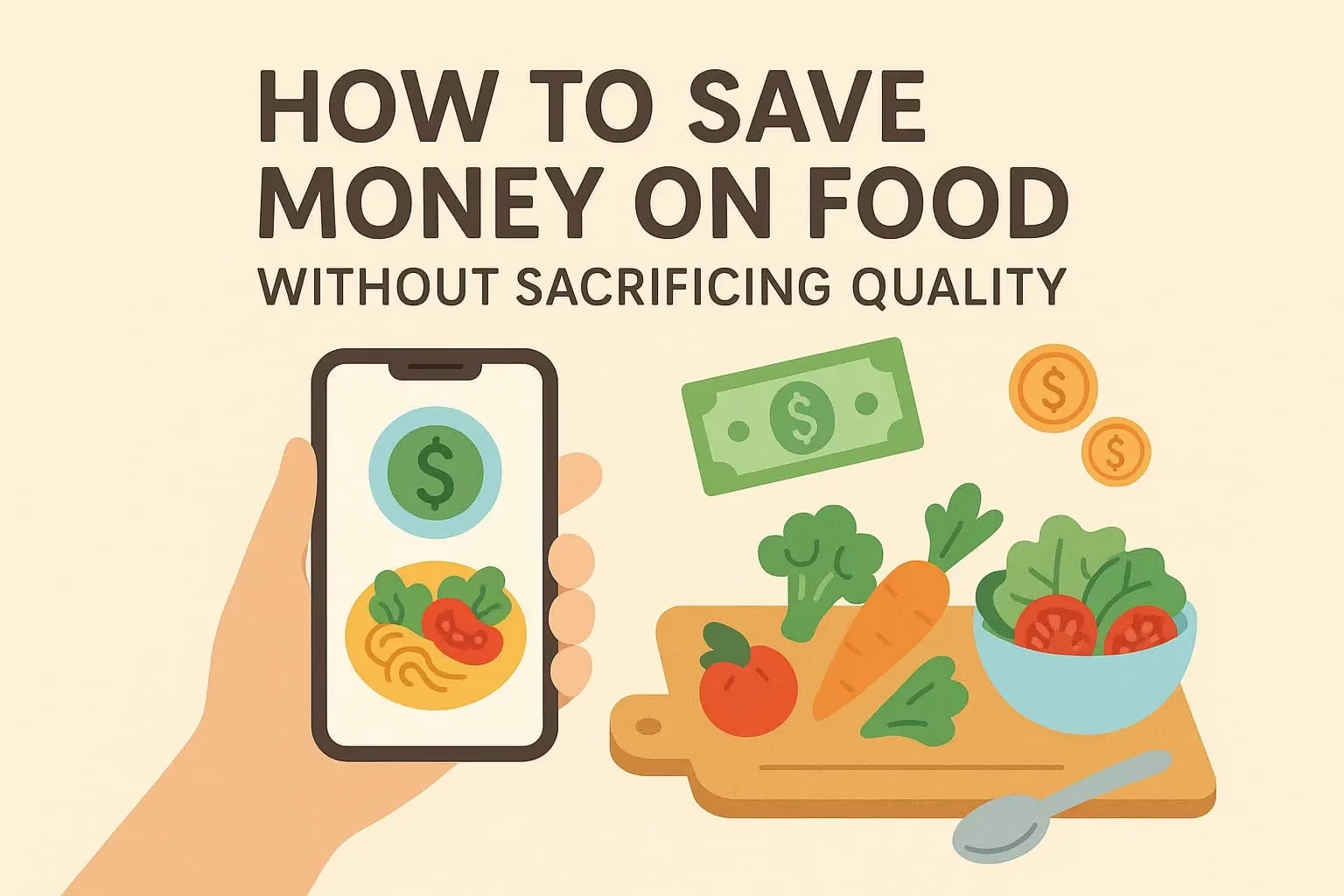Meal prepping is one of the most powerful tools to help you eat healthy, save time, and reduce food waste — but doing it plant-based comes with unique perks (and challenges).
The good news? You don’t have to eat the same boring bowl of rice and beans every day. With a few smart strategies, you can prep once and enjoy variety all week long.
This article will teach you how to meal prep plant-based meals that are nutritious, flexible, and delicious, even on your busiest weeks.
Why Meal Prep Works
- Saves time during the week
- Helps you eat healthier, even when you’re tired
- Reduces last-minute food decisions
- Cuts down on grocery costs and takeout
- Keeps your plant-based lifestyle consistent and stress-free
Let’s break it down step by step.
Step 1: Choose a Prep Style That Works for You
There’s no one way to meal prep. Pick the style that fits your life:
🍱 1. Full Meals
Cook and portion out entire meals.
Best for: grab-and-go lunches or dinners.
🧱 2. Ingredient Prep
Prep components (grains, veggies, beans, sauces) to mix-and-match.
Best for: flexibility and variety.
🥣 3. Batch Prep
Make large portions of 1–2 recipes to eat over multiple days.
Best for: saving time and freezer meals.
Step 2: Plan 3–4 Core Meals
You don’t need to prep every meal for 7 days.
Instead, choose 3–4 main meals that can be repeated or remixed.
Example base meals:
- Lentil stew
- Chickpea curry
- Tofu and veggie stir-fry
- Pasta with tomato or pesto sauce
- Grain bowl with roasted veggies and hummus
Cook once, eat multiple ways.
Step 3: Build a Grocery List Around Your Plan
Group items by category to speed up your shopping:
Grains:
- Brown rice
- Quinoa
- Oats
- Whole grain pasta
Legumes:
- Chickpeas
- Lentils
- Black beans
- Tofu or tempeh
Vegetables:
- Sweet potatoes
- Bell peppers
- Carrots
- Spinach
- Onions, garlic
Extras:
- Tahini or nut butter
- Soy sauce or tamari
- Spices: cumin, paprika, curry powder
- Nutritional yeast, lemon, or vinegar
Stick to whole ingredients — they stretch across multiple meals.
Step 4: Set Aside 1–2 Hours for Prep
Choose a time once a week (Sunday afternoon or Monday morning) to prep.
What to prep:
- Cook a big batch of grains (rice, quinoa, oats)
- Roast a tray or two of veggies (mix colors!)
- Make one hearty stew or curry
- Prep 1–2 sauces or dressings
- Chop raw veggies for quick snacks or salads
- Portion out some overnight oats or chia pudding
Store in airtight containers in the fridge (or freezer for later).
Step 5: Create Mix-and-Match Meals During the Week
With your components ready, you can build meals in minutes.
Example Combinations:
🌯 Wrap
Whole wheat wrap + hummus + roasted veggies + greens
🥗 Salad Bowl
Greens + quinoa + chickpeas + tahini dressing
🍛 Curry Bowl
Brown rice + lentil curry + steamed spinach
🍝 Pasta Night
Whole grain pasta + tomato sauce + sautéed mushrooms + spinach
🍚 Stir-Fry
Tofu + rice + stir-fried veggies + soy sauce + sesame seeds
It’s like a plant-based buffet in your own fridge.
Bonus: Prep a Few Healthy Snacks
Easy options:
- Fruit + nut butter
- Trail mix
- Chia pudding
- Energy balls
- Roasted chickpeas
- Cut veggies + hummus
Having snacks ready means fewer vending machines and sugar crashes.
Storage Tips
- Store food in glass or BPA-free plastic containers
- Let hot food cool before sealing
- Label with date and contents
- Use within 3–5 days (or freeze extras)
Pro tip: Freeze extra portions of soup, curry, or cooked grains for backup meals.
Final Thoughts: Meal Prep = Peace of Mind
You don’t have to cook every single day to eat plant-based.
With just 1–2 hours of prep each week, you can set yourself up for a week of stress-free, delicious meals — all while saving money, reducing waste, and eating in alignment with your values.
Start small, stay consistent, and enjoy the results. Your future self (and your fridge) will thank you.






